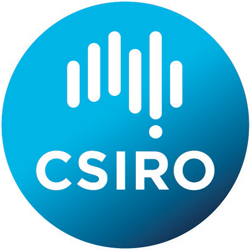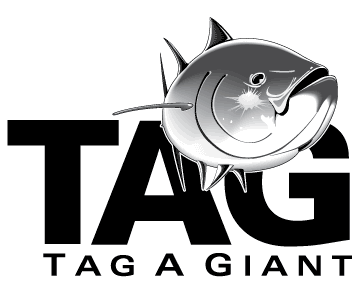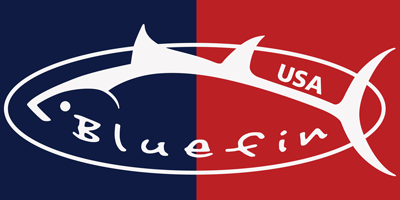Barbara Block
Keynote, 18/1/16 @ 0930 hrs
Bluefin tunas are highly migratory apex predators that are among the largest perciform fish on the planet. These fish are highly prized by fishers throughout the globe for their power, strength, speed and commercial value as food. Throughout human history they have been difficult to study which has led to major gaps in knowledge about their life history and population structure. However, in the past two decades pelagic fish science has rapidly advanced with new technological breakthroughs in electronic tagging, genetics, genomics, microconstituent, isotopic, analyses and aquaculture. This has led to a suite of new data and techniques that provide novel information that can help to delineate bluefin tuna population structure, spatial and temporal uses of habitat, spawning and foraging behaviors, trans-oceanic migrations and maturity schedules. Such vital life history data are essential for properly informing stock assessment models and assuring that bluefin biodiversity, severely depleted in the twentieth century, can rebuild in our lifetimes. To make advances in fisheries models, fisheries managers, decision makers, and funding agencies must work together internationally to assure that significant investments in the new science continues at a pace required to inform fisheries models, and enable science advances to properly inform management models and decisions. New efforts at international collaborations across bluefin species will rapidly advance the science, and collaborations among academic and RFMO scientists as well as managers can assure rapid transfer of knowledge that will assure bluefin futures.
Contact: B. Block, Professor, Hopkins Marine Station, Stanford University, USA, This email address is being protected from spambots. You need JavaScript enabled to view it.














